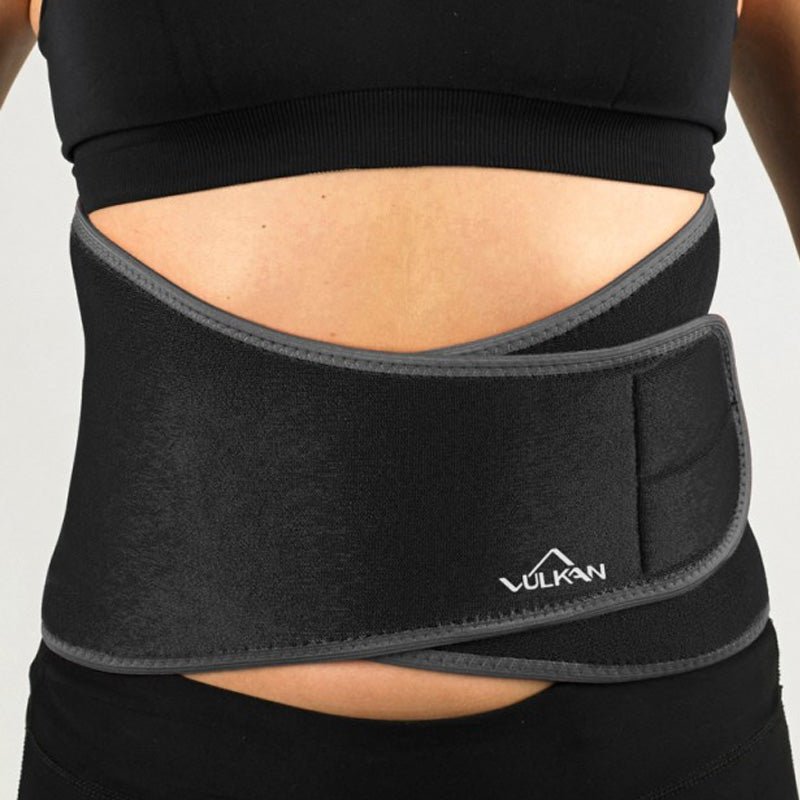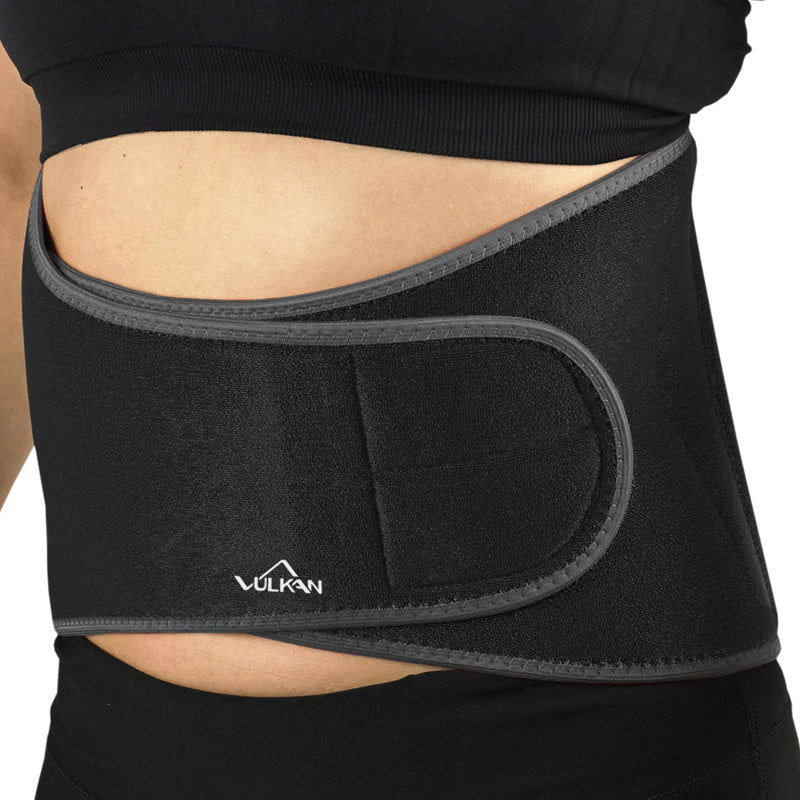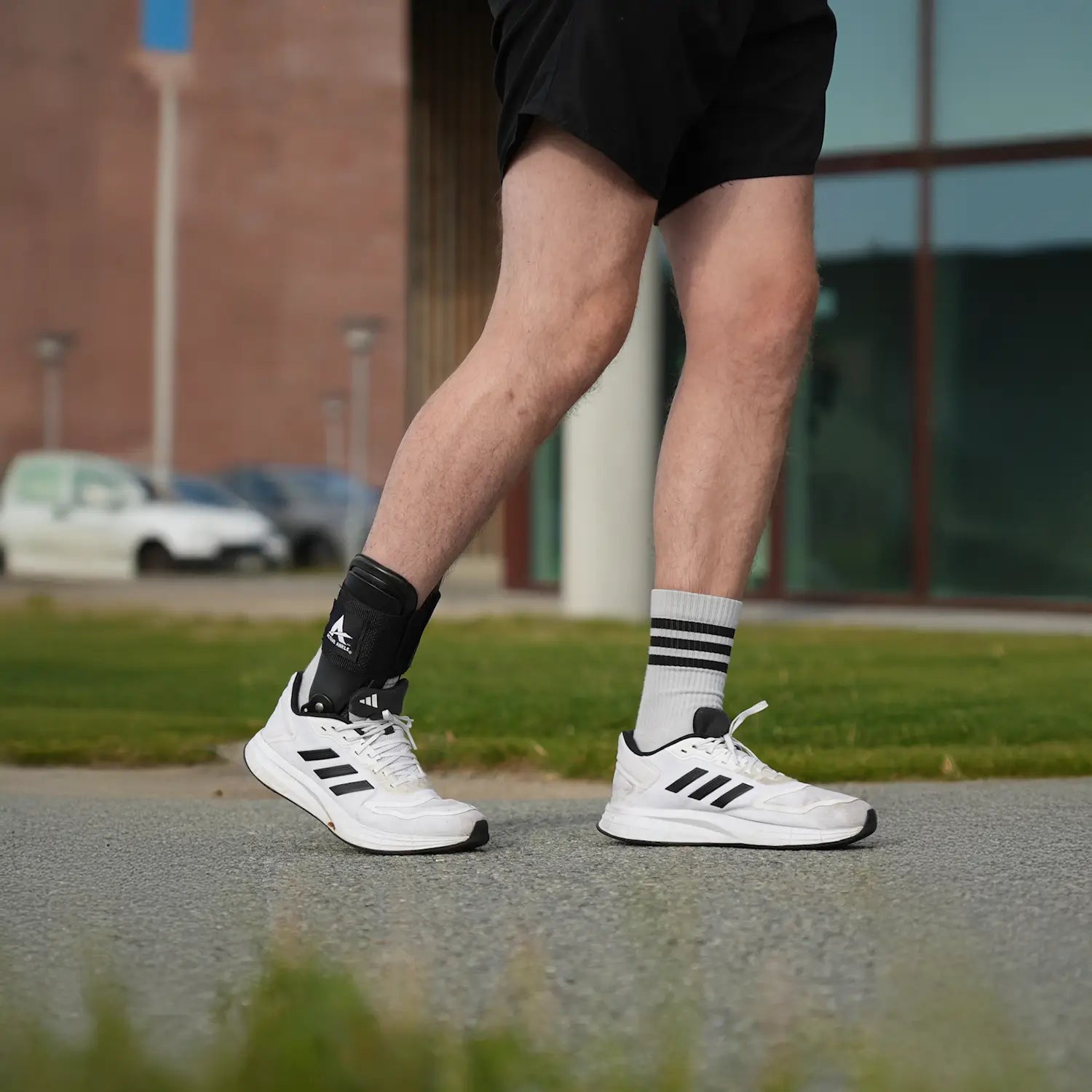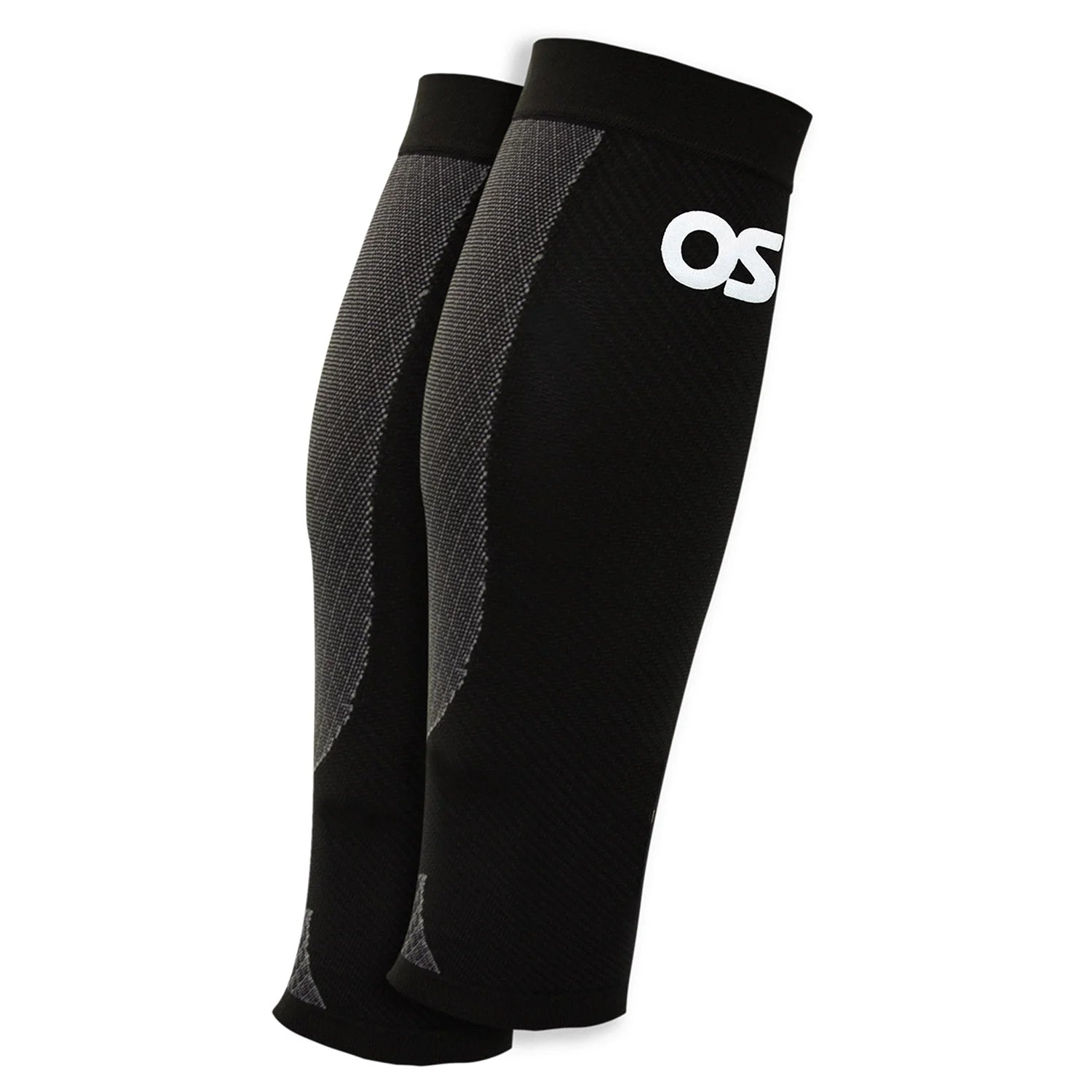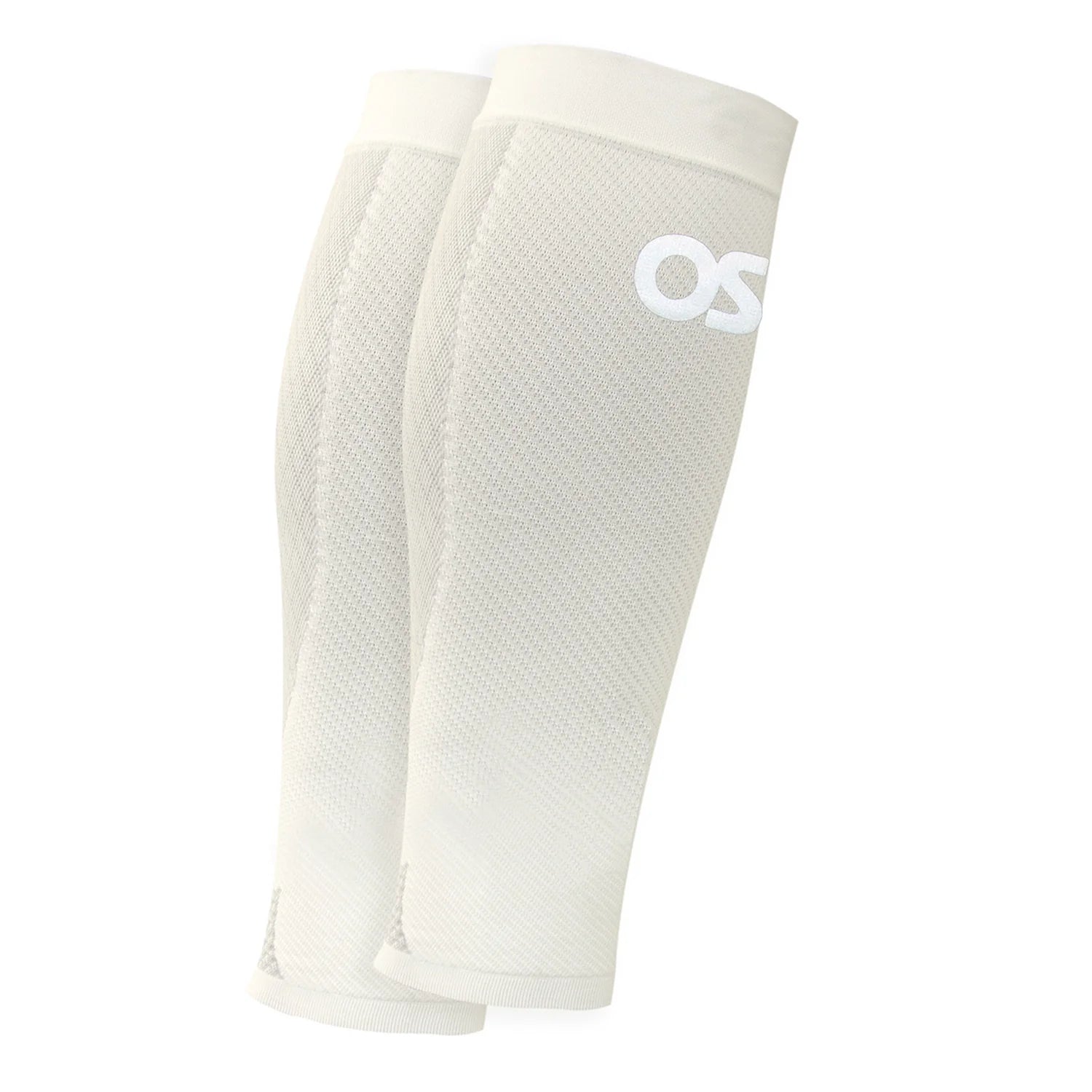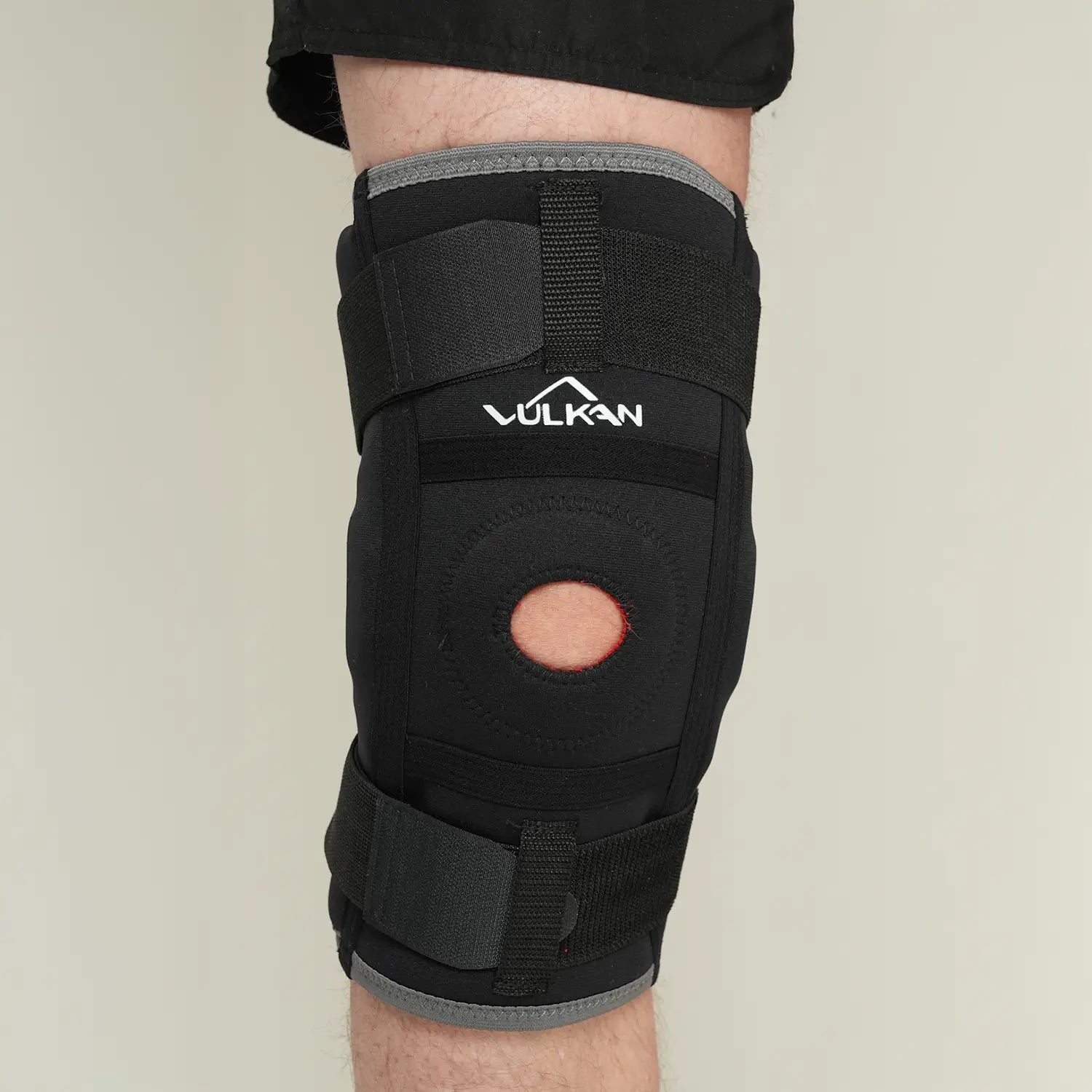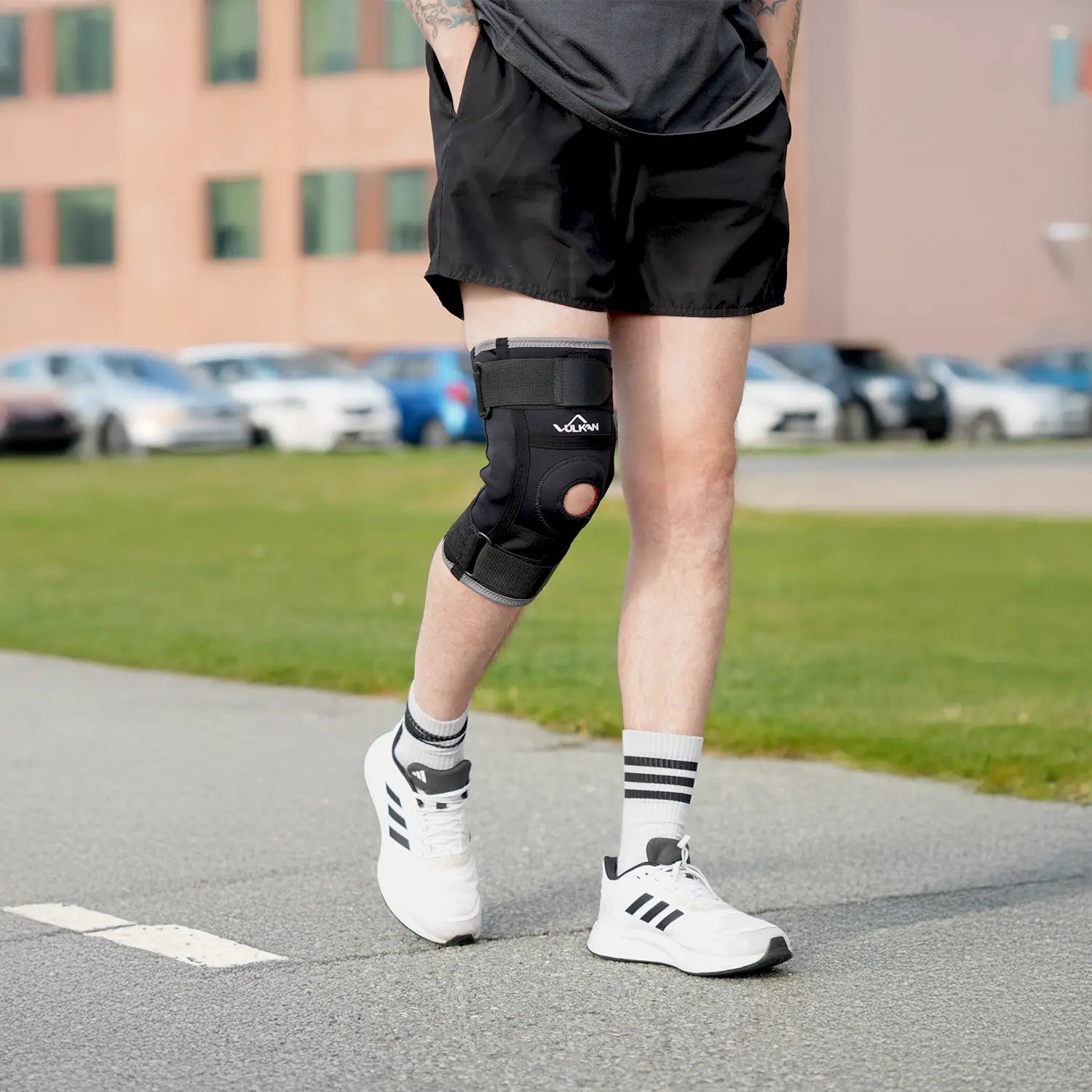
Hamstring strain
Content description
A hamstring strain, also known as a thigh contusion, is a common injury that occurs when the thigh muscle receives a direct blow or pressure, leading to bleeding within the muscle tissue. This often occurs in contact sports such as football, hockey or handball, but anyone who suffers a hard blow to the thigh can be affected. The injury is often painful, and it is not uncommon for it to lead to both swelling and bruising. Although a hamstring strain often sounds harmless, it can significantly affect your mobility and require the right treatment and rehabilitation to ensure a speedy recovery.
Symptoms of Hamstring strain
The symptoms of hamstring strain vary depending on the extent of the injury, but most people recognize some of these:
- Sudden pain in the thigh associated with a blow or impact
- Soreness and swelling where the blow hit
- A bruise or discoloration on the skin
- Stiffness or difficulty bending and extending the leg
- Feeling of hardness or lump in the muscle
- Increased pain when you put weight on or strain your thigh
For many people, it can be difficult to walk normally or put proper weight on the leg during the first few days after the injury.
Causes
The most common cause is a direct blow to the thigh, often during sports or play. This can be a tackle in football, a collision on the hockey rink, or a fall where the thigh hits a hard object. When the muscle is subjected to strong pressure, the blood vessels in the tissue are damaged, which leads to bleeding inside the muscle. It is this bleeding that causes the swelling and the typical bruises. Sometimes a hard lump of blood or fluid can also form in the muscle.
Diagnosis
The diagnosis is usually made by a doctor or physiotherapist examining the thigh and asking about how the injury occurred. Often, it is enough to feel the area and talk about the symptoms, but in more severe injuries or if other injuries are suspected, such as a muscle tear or fracture, the doctor may recommend an ultrasound or MRI scan.
Treatment of Hamstring strain
Treatment is aimed at reducing pain and swelling and promoting healing. Immediately after the injury, it is a good idea to apply ice to the area for 15–20 minutes at a time, preferably several times during the first day. Rest is important – avoid putting too much weight on the leg and keep the thigh elevated. Compression bandages can also help limit swelling. If the pain is severe, you can use over-the-counter painkillers.
Once the swelling has gone down, you can gently start moving your leg and doing simple mobility exercises to avoid stiffness. Sometimes rehabilitation with a physiotherapist may be needed to regain full strength and movement in your thigh, especially if you want to return to sports.
Return to activity
It is important to let the injury heal properly before returning to sports or heavy physical activity. If you start too early, there is a risk of relapse or that the muscle does not heal properly. First, try to walk without pain and have full mobility in the leg before gradually increasing the load.
Preventive measures
It's not always avoidable, but you can reduce the risk by using protective equipment in contact sports and making sure your muscles are strong and well-trained. Also, pay attention to your body's signals - if your thigh feels tired or sore, it may be wise to rest and avoid unnecessary risks.
Recommended products
How long does it take to get well after a thigh injury?
It often takes between one and three weeks, but more serious injuries may require longer.
Should I train with a thigh cake?
Avoid exercise until the pain and swelling have subsided. After that, you can carefully increase the load.
When should I seek medical attention?
If the pain is very severe, you have difficulty moving your leg, or the swelling does not go down, you should contact your healthcare provider.
What is the difference between a hamstring strain and a muscle tear?
A hamstring strain is caused by external force and causes bleeding in the muscle, while a muscle tear is an injury where the muscle fibers are torn, often due to overload or sudden movements.





